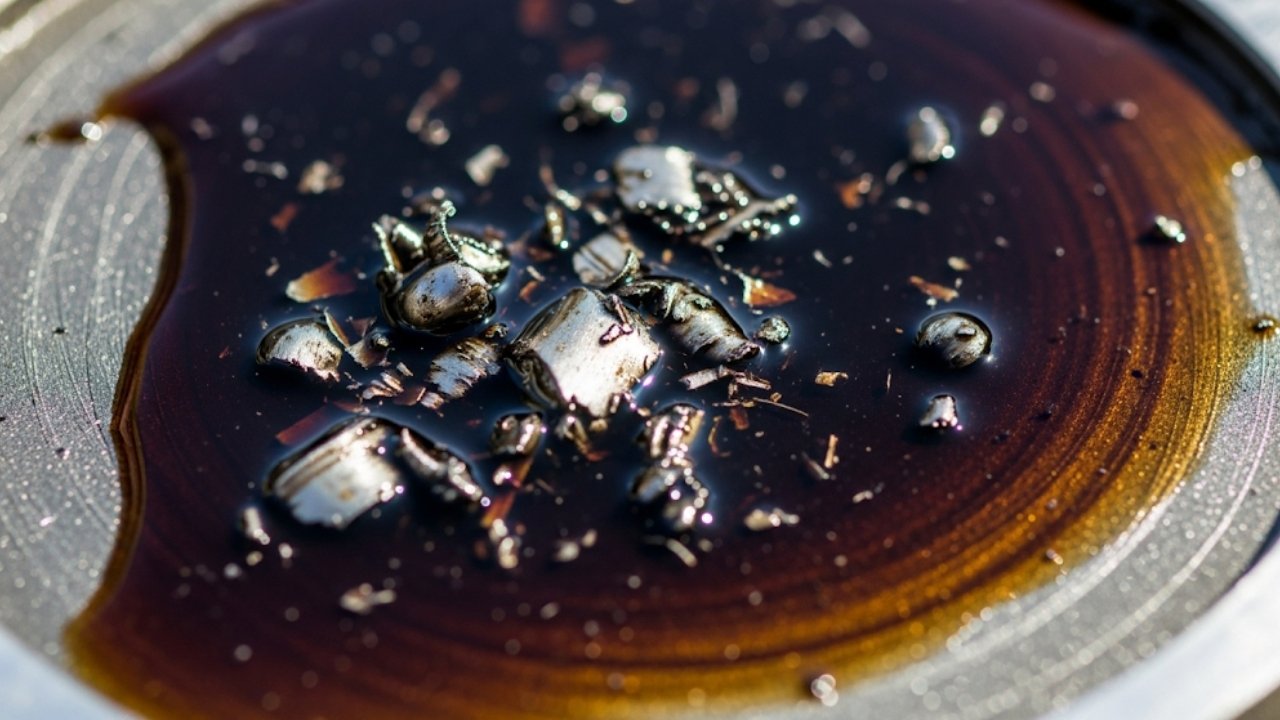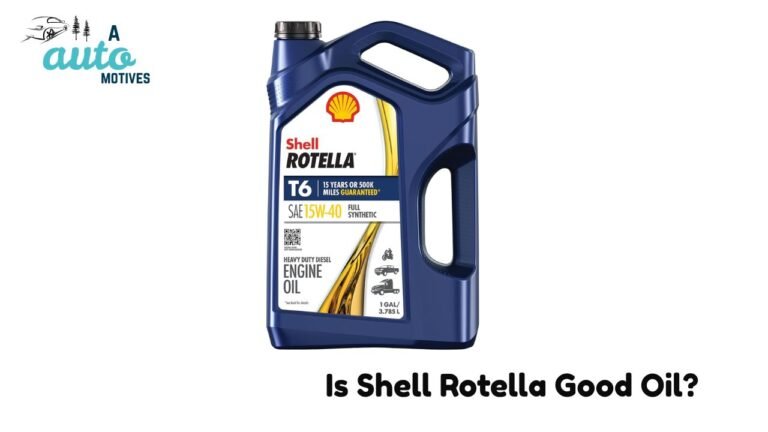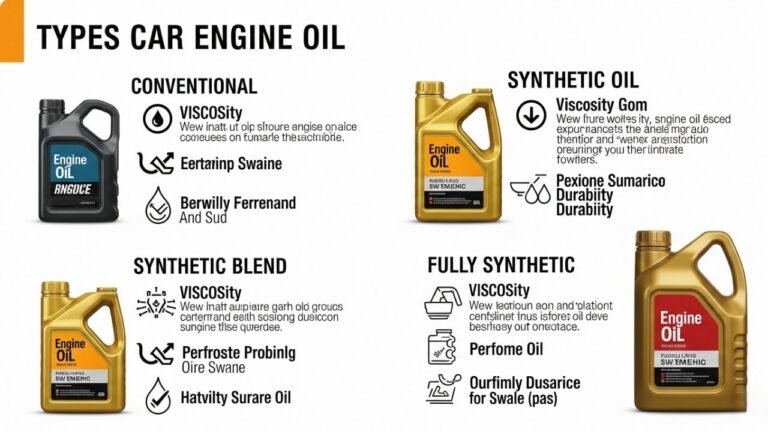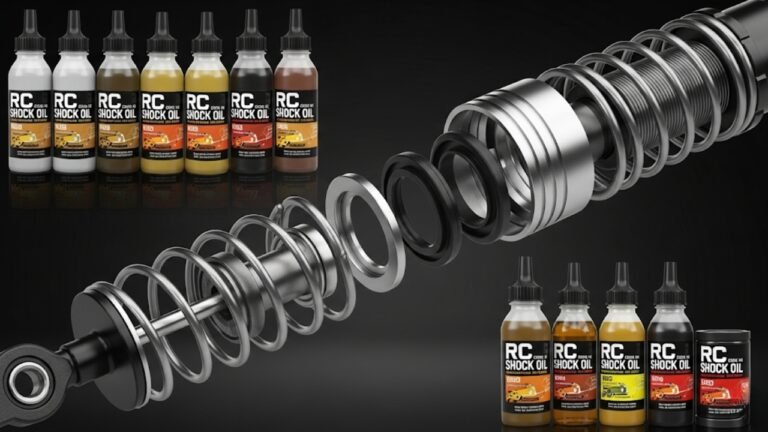Why Are There Small Pieces of Metal in the Engine Oil of a Car?

Have you ever changed your oil and noticed small pieces of metal in the engine oil? That sight can feel like your car is crying out for help—tiny glitter-like shavings swimming in the dark fluid. It’s like catching your pet limping—you know something’s wrong, but not sure how bad it is.
I remember the first time I saw it. My old Honda Civic had been running smooth for months, then one afternoon during a routine oil change, I noticed shiny flakes in the drained oil pan. My heart dropped. That little Civic had taken me on road trips, early morning commutes, and late-night fast food runs. Was it about to die on me?
If you’ve found yourself in a similar situation, don’t panic. Let’s talk about what these metal bits mean, what causes them, how to deal with them, and how to prevent a costly repair down the road. Buckle up, this is going to be both informative and personal.
What Does It Mean When You See Small Pieces of Metal in Engine Oil?

Now, not all metal particles mean disaster. Engines naturally shed a tiny amount of metal during use, especially when new. That’s why many manufacturers recommend an early first oil change after a new car’s break-in period. But when the amount of metal is high, or if you see chunks or sharp slivers, it’s a red flag.
There are two kinds of metallic debris:
-
Fine particles (microscopic): Normal wear. Think of it like chalk dust.
-
Larger pieces or flakes: Potential damage. Imagine biting into food and finding a broken tooth.
The color and texture also matter:
-
Silver or grayish flakes often come from aluminum or soft metals.
-
Gold or bronze tones might mean bearing failure.
-
Sharp shards can indicate scraping, possibly from piston rings or gears.
These tiny clues help us read the engine’s health, like a doctor analyzing blood under a microscope.
Common Causes of Metal Shavings in Engine Oil
Now that we know what it means, let’s understand why it happens. Here’s a breakdown of the most common culprits behind metal in engine oil:
1. Normal Engine Wear (Especially in New Cars)
Every engine has metal parts rubbing against each other—pistons, cams, crankshafts, valves—and even with oil doing its best to lubricate, some friction is inevitable. In a new engine, metal shavings during the first few hundred miles are common. That’s just the parts “settling in.”
But it should reduce after the first or second oil change. If it continues, that’s a warning sign.
⚠️ 2. Worn Bearings
Engine bearings hold the crankshaft and connecting rods in place, spinning at thousands of RPM. When these bearings start wearing out, they shed soft metals like copper, tin, or lead into the oil.
The presence of bronze-colored or yellowish flakes often signals this.
3. Overheating and Oil Breakdown
Ever smelled burning oil? When oil gets too hot or old, it loses its ability to protect metal parts. This can cause increased friction, faster wear, and yes—more metal debris.
Think of it like trying to slide on dry grass instead of a slip-n-slide. Things grind. Things break.
️ 4. Broken Timing Chain or Gears
If your timing chain, gear teeth, or camshaft lobes are chipping or misaligned, they can shave off metal. These tend to be larger, jagged pieces—not just dust.
This kind of damage can snowball quickly and should be addressed ASAP.
5. Piston or Cylinder Wall Damage
This one’s serious. If a piston ring breaks or cylinder wall scoring happens, the engine can start shaving itself from the inside. The result? Sharp, gritty particles in your oil.
You may also hear odd knocking noises, or notice reduced power and poor fuel economy.
Metal Particles in Oil: What Happens If You Ignore It?
It’s tempting to brush it off—especially if your car feels fine. But let me be honest: ignoring metal in engine oil is like ignoring blood in your urine. Sure, you might be okay. But you might also be headed toward a full-blown engine failure.
Here’s what can happen if you don’t act:
-
Oil passages get clogged, restricting flow to vital engine parts.
-
Increased wear accelerates damage to bearings, pistons, and crankshafts.
-
Heat builds up, stressing the engine.
-
Eventually, you could face engine seizure or catastrophic failure.
I’ve seen this happen firsthand with a friend’s car. He kept driving with “just a few flakes” in the oil. Three months later, his engine locked up on the freeway. A $30 oil change became a $4,500 engine rebuild.
Symptoms of Metal in Oil: Listen to Your Car’s Whispers
Before the check engine light screams, your car often whispers subtle clues that metal is circulating in the oil.
Here are the early signs:
-
Tapping or knocking sounds
-
️ Higher than normal engine temperatures
-
Low oil pressure warning
-
Oil looks shiny, glittery, or thicker than usual
-
⚙️ Rough idling or sluggish performance
-
Increased fuel consumption
Paying attention to these signs can save you from a huge headache—and possibly a blown engine.
Diagnosing Metal in Oil: Don’t Guess, Test
When you suspect metal in your engine oil, don’t rely on your eyes alone. There are specific tools and tests that can give you real answers.
How to Diagnose:
-
Magnet Test
Stick a magnet in the drained oil. If it picks up shavings, they’re ferrous (iron or steel). Non-ferrous metals (like aluminum or copper) won’t stick. -
Oil Analysis Lab Test
You can send an oil sample to a lab. They analyze the type, size, and amount of metal, and even tell you which engine parts they likely came from. -
Cut Open Oil Filter
Inside the filter, you might find trapped debris. If it’s excessive or chunky, that’s a problem.
How to Fix It: Repairs Based on the Source
Now let’s talk solutions. Fixing the issue depends on where the small pieces of metal in engine oil are coming from.
Common Fixes:
| Problem | Solution | Cost Estimate |
|---|---|---|
| Normal wear (minor) | Frequent oil changes | $50–$100 |
| Worn bearings | Replace bearings, possibly rebuild | $500–$2,000 |
| Broken piston rings | Engine tear-down, replace parts | $1,200–$3,000+ |
| Timing chain damage | Replace chain and tensioner | $600–$1,500 |
| Metal due to overheating | Flush engine, check for internal wear | $200–$1,000+ |
Always consult a trusted mechanic to get a professional diagnosis. And if the car is still under warranty—don’t delay! That could save you thousands.
✅ Preventing Metal in Engine Oil: Your Car Deserves Better
The best way to deal with metal in your oil is to avoid it altogether. With a few habits, you can extend your engine’s life and keep your oil clean.
Here’s how to prevent it:
-
Change your oil regularly (follow manufacturer guidelines)
-
Use high-quality engine oil and filters
-
❄️ Warm up your engine before hard driving
-
️♂️ Pay attention to unusual sounds or warning lights
-
Stick to your maintenance schedule
Think of oil changes like brushing your teeth. You wouldn’t skip that for months, right? Your engine feels the same way.
Real-Life Story: When My Friend Ignored the Signs
Let me tell you about my buddy Ray.
He drives an old Ford F-150. A workhorse, no doubt. One weekend, we were changing his oil, and guess what? There were small silver flakes in the engine oil. I warned him it could be serious. He brushed it off, saying, “It’s an old truck. It’ll survive.”
Two months later, he was stuck in the middle of the highway. His engine seized. The mechanic later showed him a piece of a bearing lodged in the oil pump—the root cause of the failure. He ended up paying more than the truck was worth.
Ray’s story is a cautionary tale: Listen to your engine. Don’t ignore metal in oil. Sometimes a little attention saves a ton of money.
What to Do Immediately If You See Metal in Engine Oil
Here’s a quick emergency response checklist if you see metallic particles in your oil:
Stop driving and inspect
-
Continuing to drive could make things worse. Pull over and stop if you notice any grinding noises or oil pressure drop.
Use a magnet to identify the metal type
-
Ferrous = steel/iron components.
-
Non-ferrous = bearings, pistons, or soft metals.
Get a professional oil analysis
-
Send your oil to a lab. It costs around $30–$60 but offers deep insight into what’s going on.
️ Check your oil filter
-
Open the old oil filter and inspect for sludge, grit, or large fragments.
Visit a trusted mechanic
-
Don’t guess. Book an inspection with a qualified professional—preferably someone experienced in engine tear-downs.
Best Products That Help Detect or Prevent Metal in Oil
Here are a few products you can consider to catch or prevent small metal particles in your oil system:
| Product | Purpose | Estimated Price |
|---|---|---|
| Magnetic Oil Drain Plug | Attracts ferrous metal bits in oil | $10–$25 |
| Magnetic Oil Filter Wraps | Enhances filter efficiency for metal debris | $15–$30 |
| High-Mileage Synthetic Oil | Better lubrication for older engines | $25–$50 |
| Oil Analysis Kit (Blackstone Labs) | Full lab test of engine oil | $35–$60 |
| Engine Flush (Safe Chemical Brand) | Cleans out sludge and debris | $10–$20 |
Pro tip: Magnetic drain plugs are cheap insurance for spotting issues early.
Quick Recap: What You Should Remember
Let’s break down the whole article into a quick-to-scan summary for your convenience:
✅ Key Takeaways
-
Small metal pieces in engine oil can mean normal wear or serious damage.
-
Normal during break-in, but worrisome in older engines.
-
Worn bearings, broken rings, and overheating are common causes.
-
Ignoring metal in oil can lead to engine failure.
-
Use lab tests, magnet checks, and filter inspection to diagnose.
-
Fixes range from oil changes to complete rebuilds.
-
Prevent future issues by changing oil regularly, using quality products, and catching symptoms early.
FAQs: Everything Else You Might Be Wondering
❓Is a little bit of metal in engine oil normal?
Yes, especially during the early life of a car or after an engine rebuild. But consistent or increasing metal content is not normal.
❓Can I still drive if I find metal in the oil?
Short-term, maybe. Long-term, risky. Get it diagnosed immediately before it worsens.
❓Can metal in oil damage the engine?
Absolutely. Metal debris can clog oil passages, scrape surfaces, and destroy moving parts.
❓Is synthetic oil better at preventing metal wear?
Yes. Synthetic oils have better heat tolerance, cling properties, and lubrication—making them ideal for minimizing wear.
❓How can I tell what part is wearing by the metal type?
Ferrous metal = rings, shafts, gears.
Copper/bronze = bearings.
Aluminum = pistons or crankcase.
❓Can an oil filter catch all the metal?
No. Filters trap some particles, but larger or excess debris will still circulate.
❓How often should I check for metal in oil?
During every oil change, look at the old oil and filter for shine, flakes, or sludge.
❓What color are metal shavings in oil?
Usually silver or gray. Bronze, copper, or gold tones indicate bearing wear.
Final Thoughts: Your Engine Is Talking—Are You Listening?
Your engine has a voice—it hums, purrs, sometimes growls. But when it sheds small pieces of metal into the engine oil, it’s whispering a message: “I’m hurting.”
Don’t ignore it.
Cars are more than machines. They take us places, store our memories, and sometimes even define who we are. Taking care of your engine is not just about saving money—it’s about preserving freedom, reliability, and peace of mind.
Next time you change your oil, look closely. Feel. Smell. Trust your gut. Because sometimes, those tiny pieces of metal are not just wear and tear—they’re your car asking for help.
And when you catch the issue early? You’re not just fixing your engine—you’re building a habit of awareness, care, and smart ownership.






